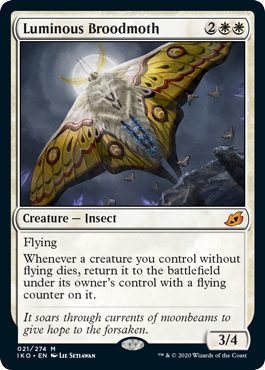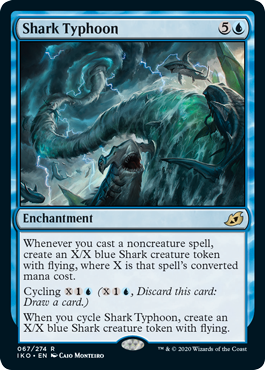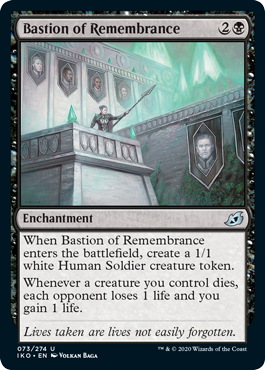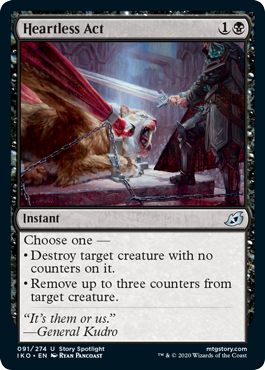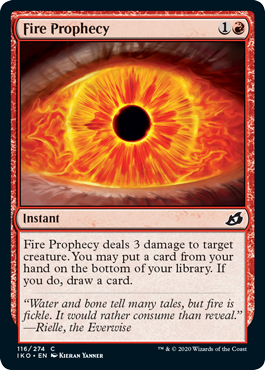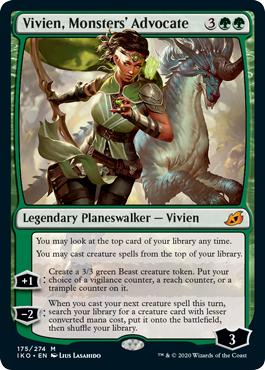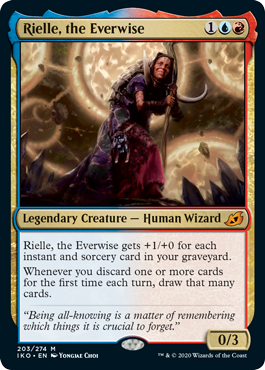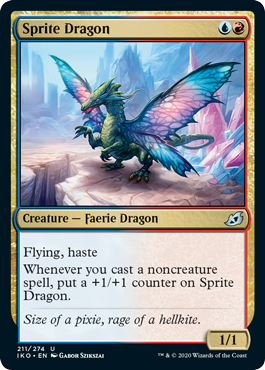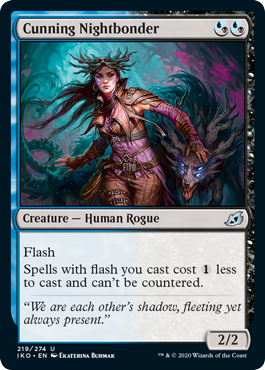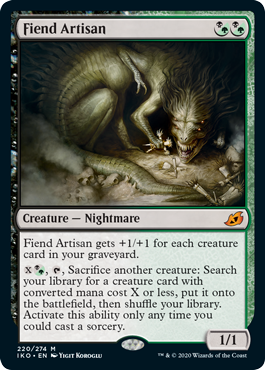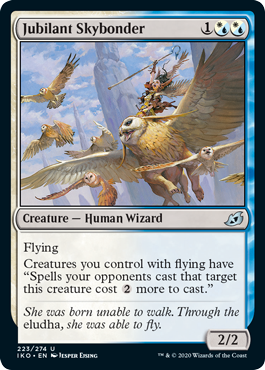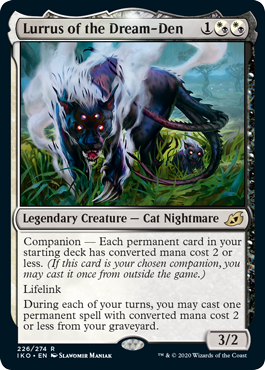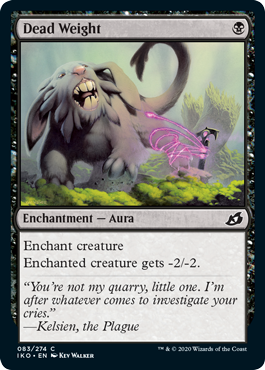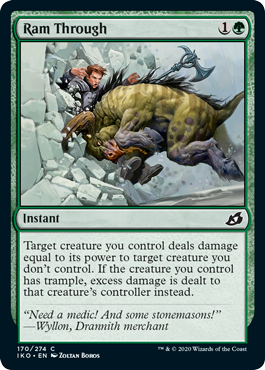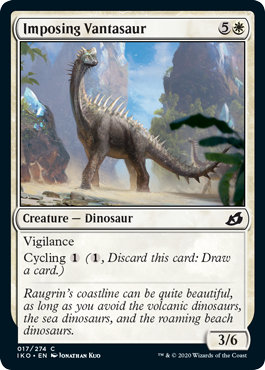I'd say that the more generic a card's effect is, the more it has potential to end up in a goodstuff pile. You want some overlap in cards to avoid the cube becoming a draft on rails scenario ala retail drafts that feature tribal, but you have to know where to draw the line. Just having the ability to slot a card into more decks leads to a lesser opportunity cost in the first place. Like it's much easier to find a slot for
Tireless Tracker in any 4C deck that I would ever draft because it's utility is universal across decks (just plays lands and get rewarded) and it's easily splashable. Whereas something like
Omnath, Locus of the Roil has a higher ceiling but asks more of me in terms of fixing, building a gameplan, and making sure that my manabase can support it in a timely fashion. If I see both in a pack I'm leaning Tracker, but if my deck has a ton of synergies that would push Omnath ahead into bomb territory I'd go with him instead. It's all environmentally dependent.
I realized this first hand in earlier implementations of my cube around 3-4 years back when I used to run a double fetch/double shock manabase. There just was very little opportunity cost to valuing fixing highly and splashing for all the powerful threats you could and this got in the way of any synergistic archetypes I was trying to implement. Why jump through hoops when you can have as great a payoff just playing good cards? I then went back and reworked the mana by swapping in BFZ lands where I could, added more cards with restrictive mana costs to form the core of archetypes (ex. more 1


cards instead of 2

) , and I clearly defined the majority of my archetypes to reduce the amount of overlap in deck construction. You'll still get 3C or 4C decks every once in a while, but more often than not my drafters are playing two colors and maybe splashing 1-2 cards off a third color. That's right where I wanted it to be.




